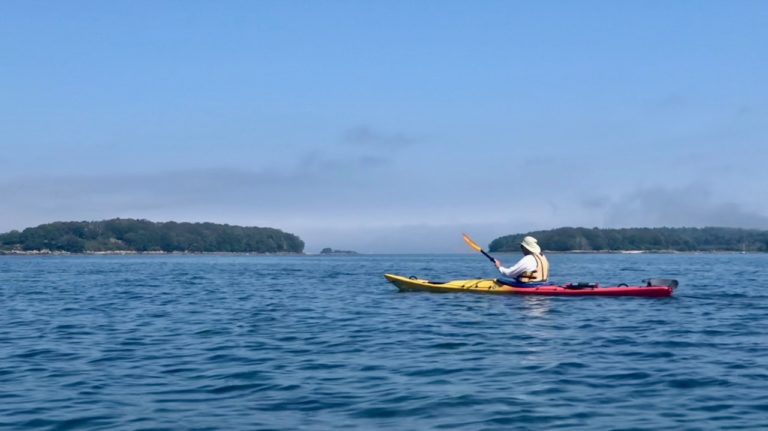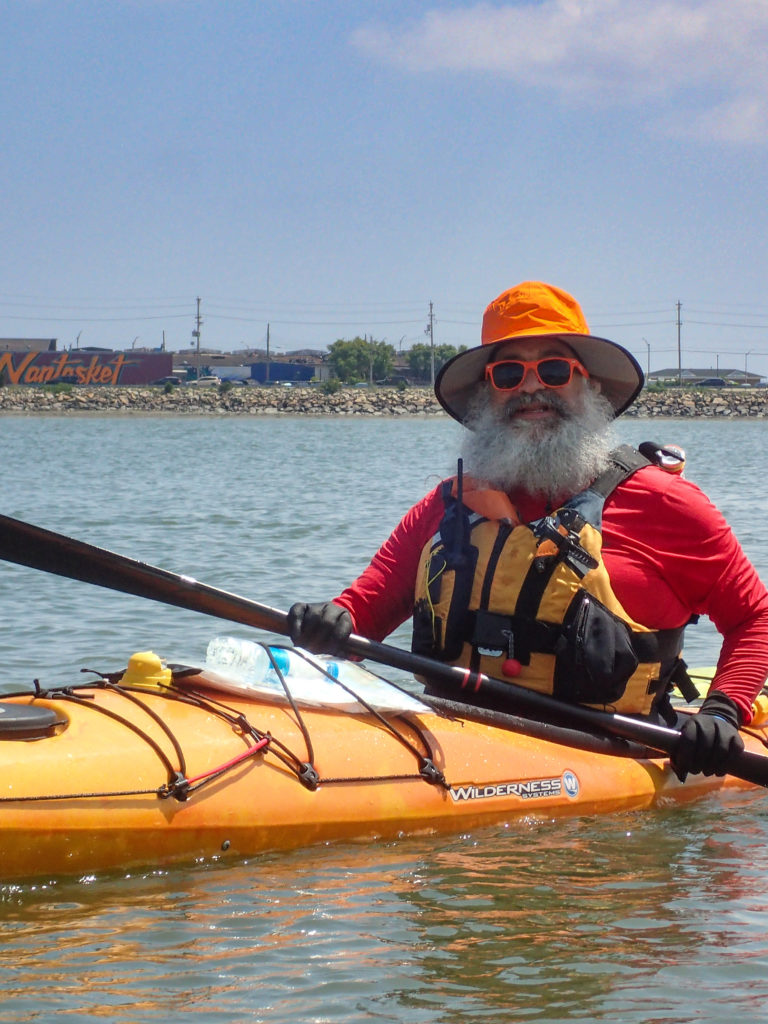
To qualify as a “sea kayak”, a boat must have certain features and characteristics. For Sea Kayak trips with the Boston Chapter boats must meet the following requirements:
At a minimum, each participant on a Sea Kayak trip with the Boston Chapter must have the following equipment:


Sea Kayakers should always dress for the potential of immersion in the water. Consider the water temperature first when dressing for a trip. Always wear synthetic or wool clothing and never wear cotton clothes on the water.
During the warmer months, the following clothing is recommended for ocean paddling:
Check your email for a confirmation email. We want to make sure it’s really you!!
After you confirm your subscription, update your preferences by following the link and let us know what type of content you want to see.
It’s easy: All we need is your email & your eternal love. But we’ll settle for your email.